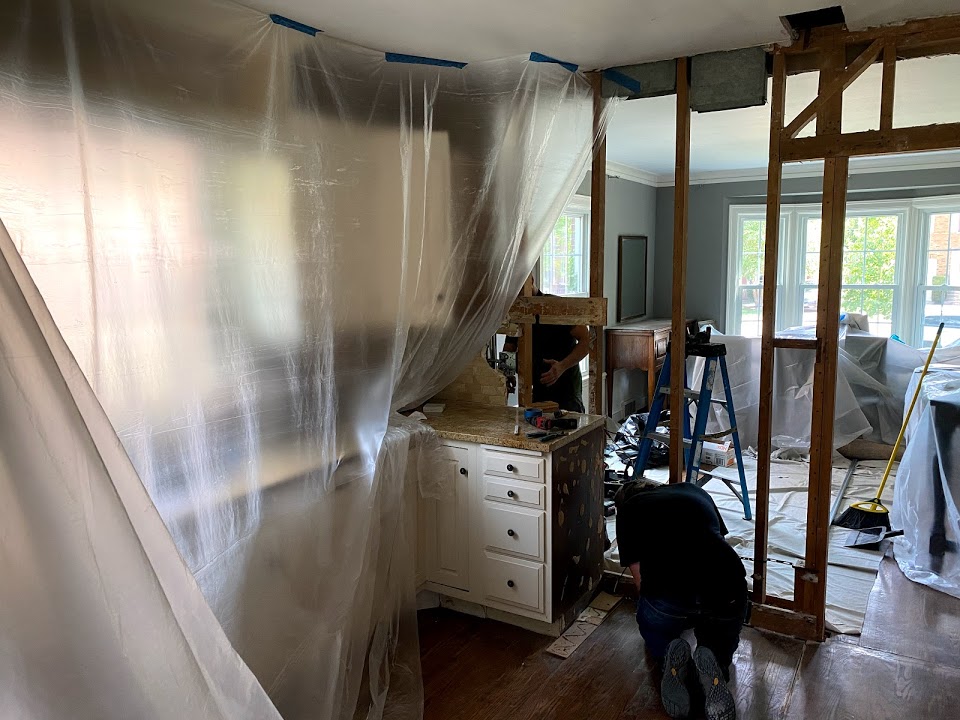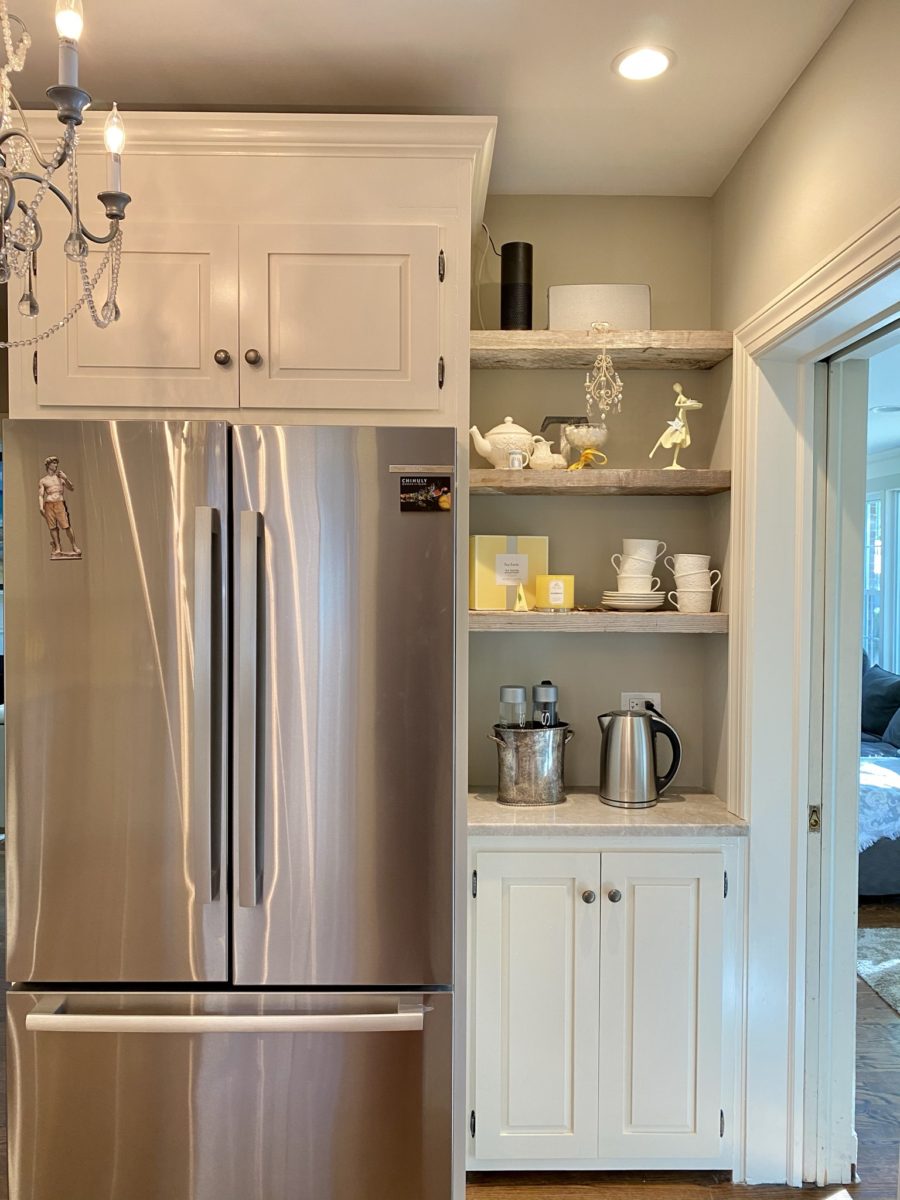5 Lessons From My Home Remodel That You Can Apply To Your Digital Transformation Project
I’m sure I’m not the only one who watched one too many episodes of “Fixer Upper” during the stay-at-home season, and was inspired to embark on a large home remodel. Chip and Joanna Gaines make even the biggest home construction jobs look so easy and after a few binge-watching sessions, we were ready to take down the several walls of our 1940’s colonial style home and transform our space. If they can easily do these massive renovation projects in a 30-minute segment–we certainly could do our relatively small project in a summer, right? In the end we did (and we are thrilled with the result!) but whew, did we learn some hard lessons along the way!
Throughout our transformation, there were many parallels to what I hear my customers go through during their digital transformation projects. At Raven Intel, our mission is to help improve the implementation experience by helping customers choose the best consulting partner for their project and understand the previous experiences of their peers. Choosing the best team is certainly a huge part of a project’s success and can make difficult projects much better. However, you also need to be prepared for the typical growth pains that go along with anything significant. Like the saying goes, “anything worth having is going to be difficult.”
1. Prepare for disruption.
We expected the major part of our project would last approximately 6 weeks, and did our best to pack up all of our stuff so we didn’t have to fully move out of our home while the work was being done. Living and working from home with dust, drywall, tarps and noise everywhere can make even a few days seem long. 6 weeks quickly turned into 8. To add to the drama and stress, our indoor cat escaped when one of the workmen left the doors open. Living through the project certainly disrupted our daily home and work lives. It was easy to become irritable with our contractors, with each other, and made us regularly question if what we were doing was really worth it.
Key Parallel: While you are going through your project, you will probably still have your regular full-time job to do and balancing that with the demands of the project are going to be tough. Asking for help from managers and your team as you prioritize your critical activities and role will be key. Be transparent with your team, and if there are tasks / milestones that you don’t feel are realistic or areas that are being missed by the team—bring them up sooner rather than later.
2. You’ll have some surprises along the way (and not the fun kind).
We removed a wall between our kitchen and formal dining room to expand the living space and create a large, open floor style eating area. Prior to starting the work, we had several contractors and an engineer confirm the wall between the 2 was not weight-bearing. What we found after removing the drywall was, (surprise!) that it didn’t have enough supports and was indeed weight-bearing. This revelation caused us to have to reconfigure the support structure as a work-around, but not without several days of re-work which inevitably delayed the project.
Key Parallel: We had a great project plan, and you may have a wonderful project blueprint as well–but sometimes “you don’t know what you don’t know” until you start digging in. Have resilience and know that the even best laid plans are going to change. Solid due diligence and project planning prior to starting can help minimize the big surprises.
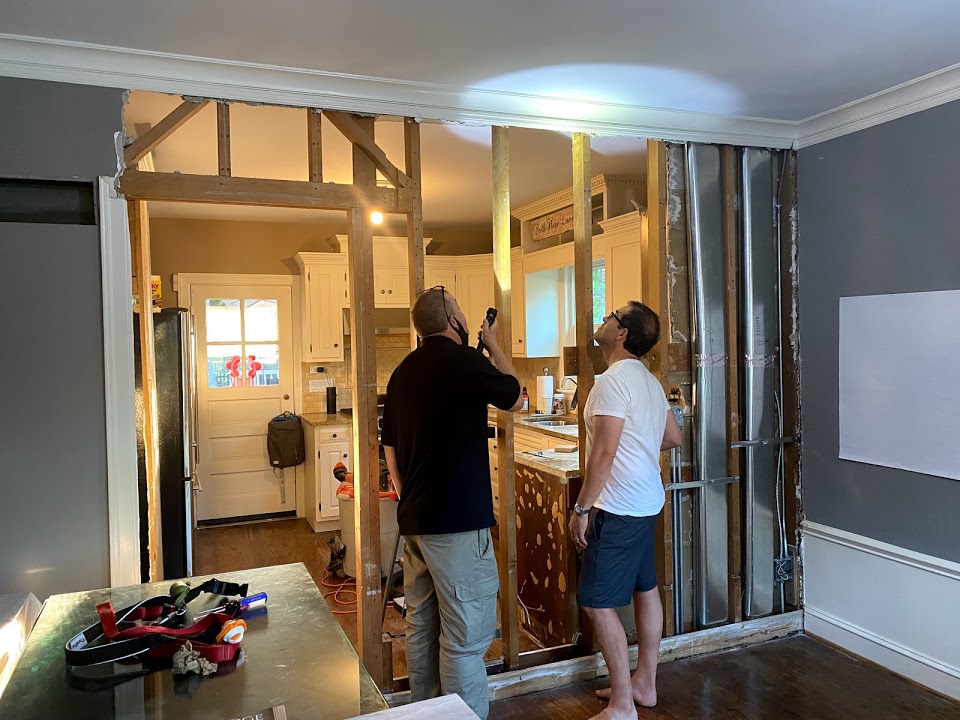
Surprise! It turns out that IS a weight-bearing wall. Sometime you don’t know what you might find until you start taking down walls. Resilience is key.
3. It’s going to take longer than you think.
We were all set to have a Labor Day project reveal and had that milestone day marked on our calendar. It’s good a good thing that we didn’t send out invitations, as our friends and family would have seen a mess in-progress! One of the most painful aspects of our project and biggest reason for our delay was that our dry wall contractor had an unexpected trip out of the country the 2nd day of work. At first, it was only going to be for a few days, but this ended up turning into 2 weeks! His absence caused a domino-effect and none of the other contractors could work on their projects until the dry wall was complete. Scrambling, we searched for other drywallers to come in and quote the job, but getting someone in who was good and had availability was near to impossible. So, we waited. In the end he came back and finished the work very well, but living through those 2 weeks with all of the mess without any work being done made me crabby.
Key Parallel: There will be people and situational issues you can’t control—unexpected leaves, situations like COVID-19, decision makers who go out of town and hold up key decision processes. Put your schedule in place with a timeline that you feel is realistic, and then double it. It’s better to go in expecting it to take twice as long than be disappointed when the realities of life happen.
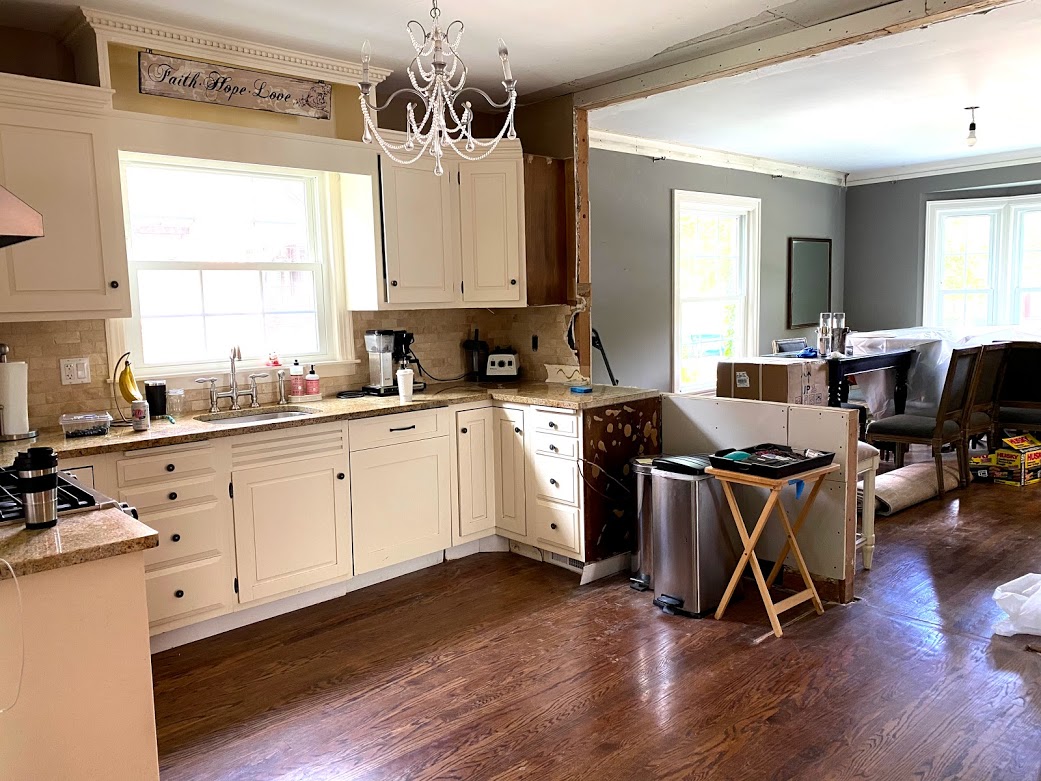
Mid-point in the project, things will start taking shape & you’ll be able to see the vision more clearly, but it’s not going to happen overnight.
4. It’s going to cost more than you think.
Along the way, we added upgrades and changes that I’d classify under the “While We’re At It” scope creep. For example, if a wall was open, “we really should change the galvanized pipes to copper and redo the electrical.” Or, “If the plumber is here, let’s get a new dishwasher so he can hook it up at the same time.” We added 15 different things that had nothing to do with the contractor underbidding the contract. They were what we figured would be a good idea since we don’t do house remodels every year. In the end those upgrades have added to the overall quality of the project as well and will help improve our home value when we go to sell (no time soon!).
Key Parallel: Mid-project, there may be functionality or process changes that you realize would enhance the business outcome of your project. If you can clearly see the business value that those changes will create, look at that cost over-run as an investment versus added expense.
*Note, cost overruns due to a partner who underbid the project are not as easy to reconcile. Make sure that your partner has a good record of project scoping quality (we measure that on our site).
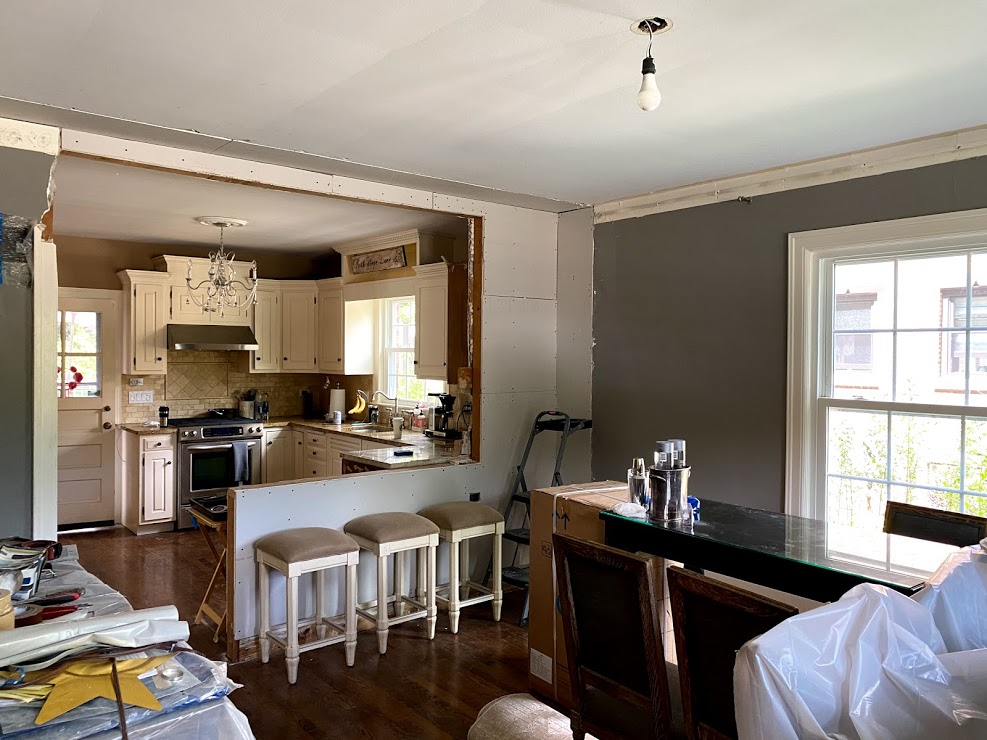
Not all cost-overruns are bad and adding upgrades along the way might help improve your final result. Budget for ‘extras’ if you can.
The people side of the equation.
We had some amazing, skilled project workers in our home but even they had competing work and were late or didn’t return phone calls. There were times that I wish they communicated their schedule earlier or were more transparent. Unlike the business world, contractors rarely use electronic scheduling so holding them to precise times (e.g. 9am) is more challenging.
Key Parallel: Know that there will be times that you’ll be annoyed with your project team and software vendor (even if they’re great and things are on track!). Simple communication courtesy (like “I’m running late”) goes a long way.



